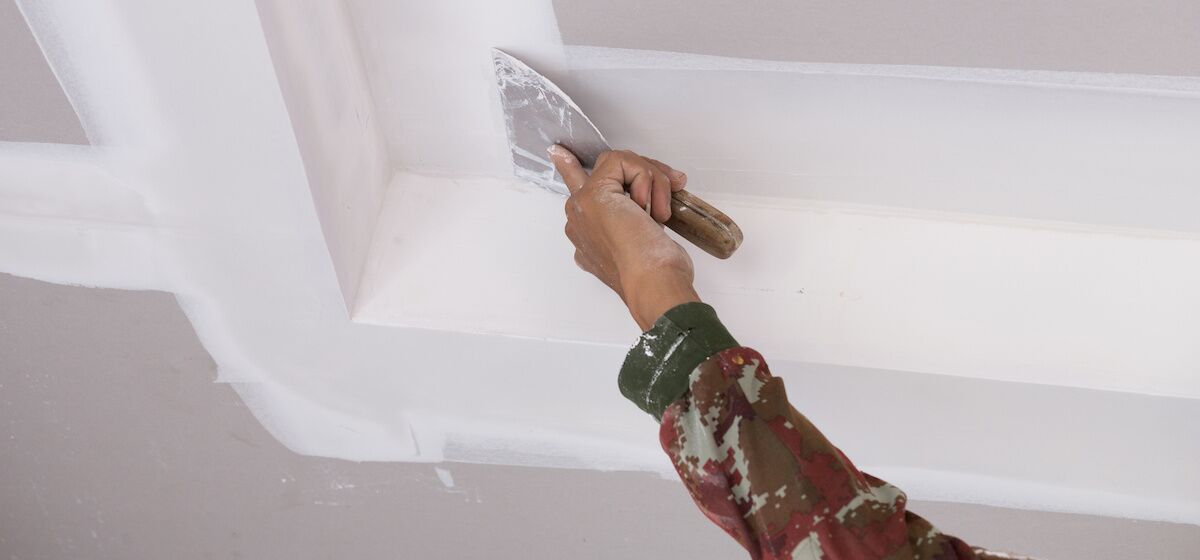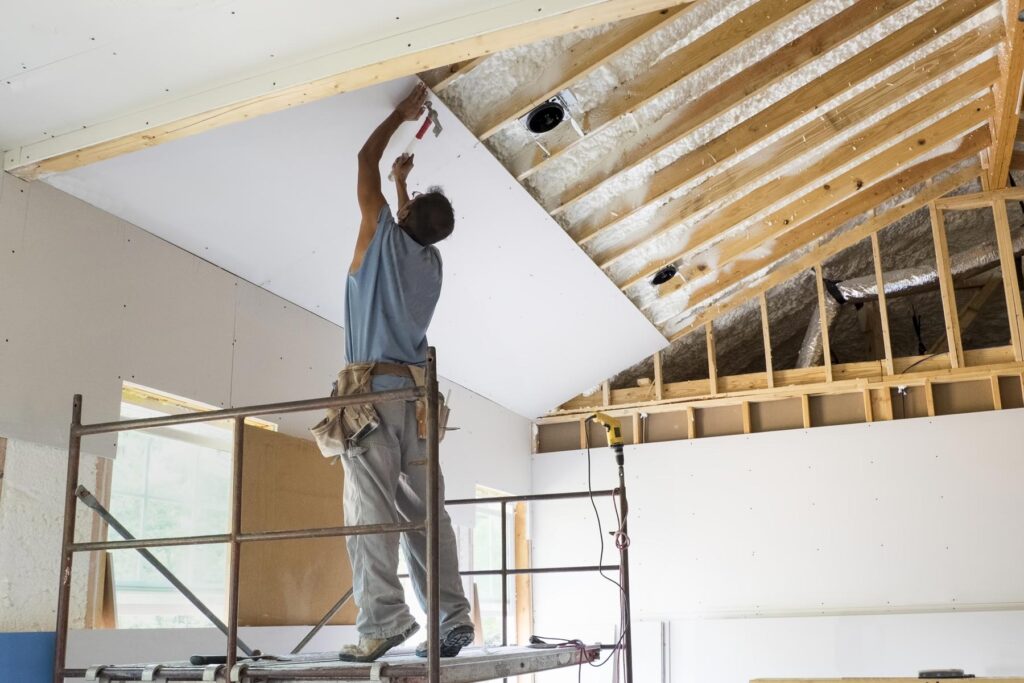Expert Sheetrock Repair Fort Worth for Quick Fixes
Expert Sheetrock Repair Fort Worth for Quick Fixes
Blog Article
Drywall Installation Made Easy: Tips for Perfect Outcomes
Drywall setup is typically regarded as a difficult task, yet with the ideal method and expertise, it can end up being a convenient endeavor. Mastering methods for reducing, hanging, and ending up drywall can considerably impact the result.
Choosing the Right Products
Choosing the suitable products for drywall installation is crucial to attaining a durable and aesthetically pleasing finish. drywall repair. The main component, drywall sheets, typically been available in numerous thicknesses, with 1/2-inch sheets being common for interior wall surfaces. For areas needing extra dampness resistance, such as kitchens or restrooms, consider utilizing eco-friendly board or concrete board, which are specially designed to stand up to moisture

Furthermore, choosing the right fasteners-- either screws or nails-- is essential for safeguarding the drywall to the framework. Drywall screws are normally preferred for their holding power and reduced risk of standing out. Lastly, take into consideration the complements such as primer and paint, which not only boost the appearance yet also protect the drywall from moisture and wear.
Preparing the Installation Location
Prior to beginning the drywall setup process, it is necessary to prepare the installation location completely. This prep work entails numerous essential steps to guarantee a successful and smooth project. Initially, clear the location of any kind of furniture, home appliances, or blockages that can hinder gain access to. A tidy work space decreases the threat of damage to existing products and permits effective motion throughout installation.
Following, check the walls and ceiling for any type of imperfections, such as cracks, openings, or mold and mildew. Address these issues beforehand; spot any type of problems and permit sufficient time for repairs to completely dry. Additionally, make sure that electric outlets, buttons, and plumbing are effectively positioned and accounted for, as this will influence drywall positioning.
Take into consideration the environmental problems. A stable temperature level and moisture degree are vital for ideal attachment and efficiency of the drywall products. Make use of a dehumidifier or heating system to develop appropriate conditions. if needed.
Cutting and Hanging Drywall
The key to reliable drywall installment hinges on the accurate cutting and dangling of the panels. Begin by determining the area precisely, taking right into account any kind of obstructions such as electric outlets or home windows. Use a straight edge and an energy blade to Web Site score the drywall along your measurements, after that snap it along the racked up line for a tidy break. For even more intricate cuts, such as around outlets, a drywall saw can be made use of for accuracy.

Constantly function from the top down and delegated right, making certain that you maintain a staggered pattern to enhance stability. Appropriately hanging the drywall sets the structure for a smooth surface, eventually bring about remarkable lead to your drywall project.
Taping and Mudding Strategies
While correct cutting and dangling of drywall sets the phase, the following vital action involves understanding taping and mudding techniques to guarantee a smooth coating. Taping is essential for reinforcing joints and stopping splits; it entails installing tape into the applied joint substance (mud) Start with a quality fiberglass or paper tape, using the tape over the joint and pressing it right into the wet mud utilizing a taping blade, making sure no air bubbles continue to be.
Once the tape is in area, apply a slim layer of joint substance over the tape, feathering the edges to develop a smooth transition to the drywall surface area. Enable this layer to completely dry totally before sanding it lightly to get rid of blemishes. Repeat this procedure, applying additional layers of mud as needed-- usually a couple of coats-- while slowly broadening the application location with each layer to accomplish a seamless look.
After the last coat dries, sand the surface area with a fine-grit sandpaper up until smooth. drywall repair. Bear in mind to wear a mask throughout sanding to prevent breathing in dust fragments. Grasping these taping and mudding methods is vital for achieving a professional-quality coating in your drywall installment
Finishing Touches for Excellence
Achieving a perfect drywall setup surpasses mudding and taping; it finishes in the completing touches that elevate the total look. These final steps are crucial in guaranteeing a professional-grade finish that improves the aesthetics of your area.
Begin by sanding the dried out joint substance blog to create a smooth surface. drywall installation. After fining sand, wipe down the walls with a moist find more information cloth to remove any kind of dirt particles, making sure a tidy surface area for painting.
Following, apply a guide especially designed for drywall. This action is vital, as it helps seal the joint compound and supplies an uniform base for the topcoat. Once the guide dries out, examine for any type of imperfections, and repair as required.
Final Thought
Finally, successful drywall setup rests on the mindful option of materials, complete prep work of the installment area, and accurate execution of reducing and hanging strategies. Proficiency of taping and mudding procedures is crucial for attaining a smooth surface. Additionally, focus to ending up touches, consisting of priming and touch-ups, makes sure a professional-grade outcome. By adhering to these standards, the quality of handiwork can be significantly enhanced, adding to the total visual and functionality of the space.
Drywall installation is usually perceived as a daunting job, yet with the best strategy and knowledge, it can come to be a workable venture.Picking the proper materials for drywall setup is critical to accomplishing a durable and visually pleasing finish.Before beginning the drywall installation process, it is essential to prepare the setup area thoroughly. Understanding these taping and mudding strategies is essential for accomplishing a professional-quality surface in your drywall installation.
In final thought, successful drywall setup pivots on the mindful option of materials, complete prep work of the installment location, and specific implementation of reducing and hanging strategies.
Report this page